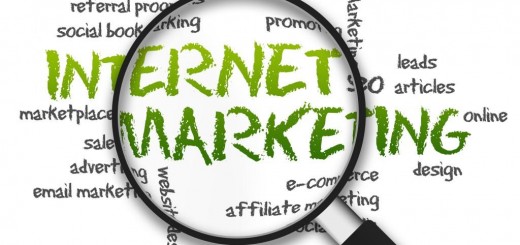Brands Need to Move Beyond Blacklists & Whitelists
Brand safety is more important to advertisers than ever before, and damage to brand reputation has been identified as the number one risk for businesses across the globe. In this piece, Giovanni Strocchi, CEO, ADmantX, discusses how brands can move beyond blacklists and whitelists and take greater control of brand safety.
As programmatic has automated the digital advertising ecosystem, the need for brand safety measures has grown as marketers try to ensure their ads appear alongside appropriate content rather than anything that might harm their reputation. Marketers using programmatic advertising rely on automated filtering techniques, such as blacklists and whitelists to determine whether their ads can appear on specific websites. Many brands believe that these automatic filtering techniques are a surefire way of guaranteeing brand safety; but whitelists and blacklists have certain limitations.
A whitelist is a predefined list of websites that are marked trustworthy or appropriate and have been determined to reach a brand’s target audience. However, by only advertising on websites included on a whitelist, brands may be missing valuable opportunities on other websites that haven’t been assessed, therefore restricting the reach of a creative campaign. This blanket approach to pre-approving websites can also miss specific pages or sections of content that may be unsuitable for particular ads or campaigns.
Conversely, a blacklist is a predefined list of sites that are marked untrustworthy or inappropriate at the beginning of a campaign. While this basic safety parameter may help marketers avoid advertising on sites with obviously unsuitable content; overzealous blacklisting may also preclude advertising on sites that do have relevant content and audiences, limiting potential impressions.
So, do brands need to move beyond blacklists and whitelists to ensure safe and contextually relevant ad placements and allow programmatic to reach its full potential?
Rather than relying on techniques that pre-approve or exclude entire websites, brands can use page-level analysis to determine whether the content of individual web pages is suitable and contextually relevant, eventually making whitelists and blacklists redundant.
Intelligent brand safety uses semantic targeting technology to give marketers a page-level understanding of the content and context of a web page, allowing them to determine its suitability for advertising. This builds upon basic brand safety measures – protecting against standard objectionable content such as pornography and violence – to allow brands to target ad placements away from negative content regarding the specific vertical sector or the brand itself. Continuous page monitoring identifies questionable and inappropriate web content throughout a campaign, avoiding harmful placements and maximising brand protection.
Semantic technology combined with Natural Language Processing (NLP) is a key part of advanced contextual targeting and intelligent brand safety, and has been developed to identify subtle nuances in human speech and determine the true meaning of sentences – reading content just like consumers do. It is used to analyse the text on a page at a deeper level to identify the correct definition of ambiguous words and comprehend the sentiments expressed. Consider placing an ad that promotes the latest brand of apple juice alongside an article that announces the latest Apple iPhone launch – a prime example of an irrelevant ad placement based upon a keyword search that offers no return or brand uplift.
The ability to understand the meaning of words in context has numerous benefits for brands; which includes avoiding placing ads on pages that express negative sentiments towards the brand itself or the industry in which it operates – a common problem when brand or industry specific keywords are used for ad targeting. For example, placing an ad for a holiday company alongside content relating to a fatal aeroplane accident, or a famous soft drink brand advertising in an article on growing obesity and diabetes population problems would cause negative consumer sentiment towards the brand.
Rather than using keywords, NLP uses multiple channels of data at page level, including vertical categories, emotions, buyer intentions, and entities such as people, places, and things, to allow complete understanding and hyper-targeting of highly specific segments.
As well as ensuring that content is safe and relevant for a specific campaign, brands can go one step further and use emotional and sentiment targeting to delve deeper into the context of the page. This understanding can determine the underlying emotional reaction that the content evokes, and discover the consumer’s frame of mind at the time of reading, to make sure this is in line with the response required by the brand when faced with the targeted ad.
Semantics enable marketers to maintain brand safety and relevancy at a much more granular level, avoiding the risks of poor placements while targeting ads for optimum performance at page level. Brands are able to target limitless new segments without the restrictions and limitations of automatic filtering techniques such as blacklists and whitelists.
Blacklists and whitelists no longer offer brands the best guarantee of brand safety, and can restrict campaign reach, limiting access to potentially valuable impressions. Advanced semantic technology is the future of ad targeting, ensuring ads are placed alongside content that is not only brand safe, but also aligns with key campaign goals in terms of context and emotional response.
The post Brands Need to Move Beyond Blacklists & Whitelists appeared first on ExchangeWire.com.



